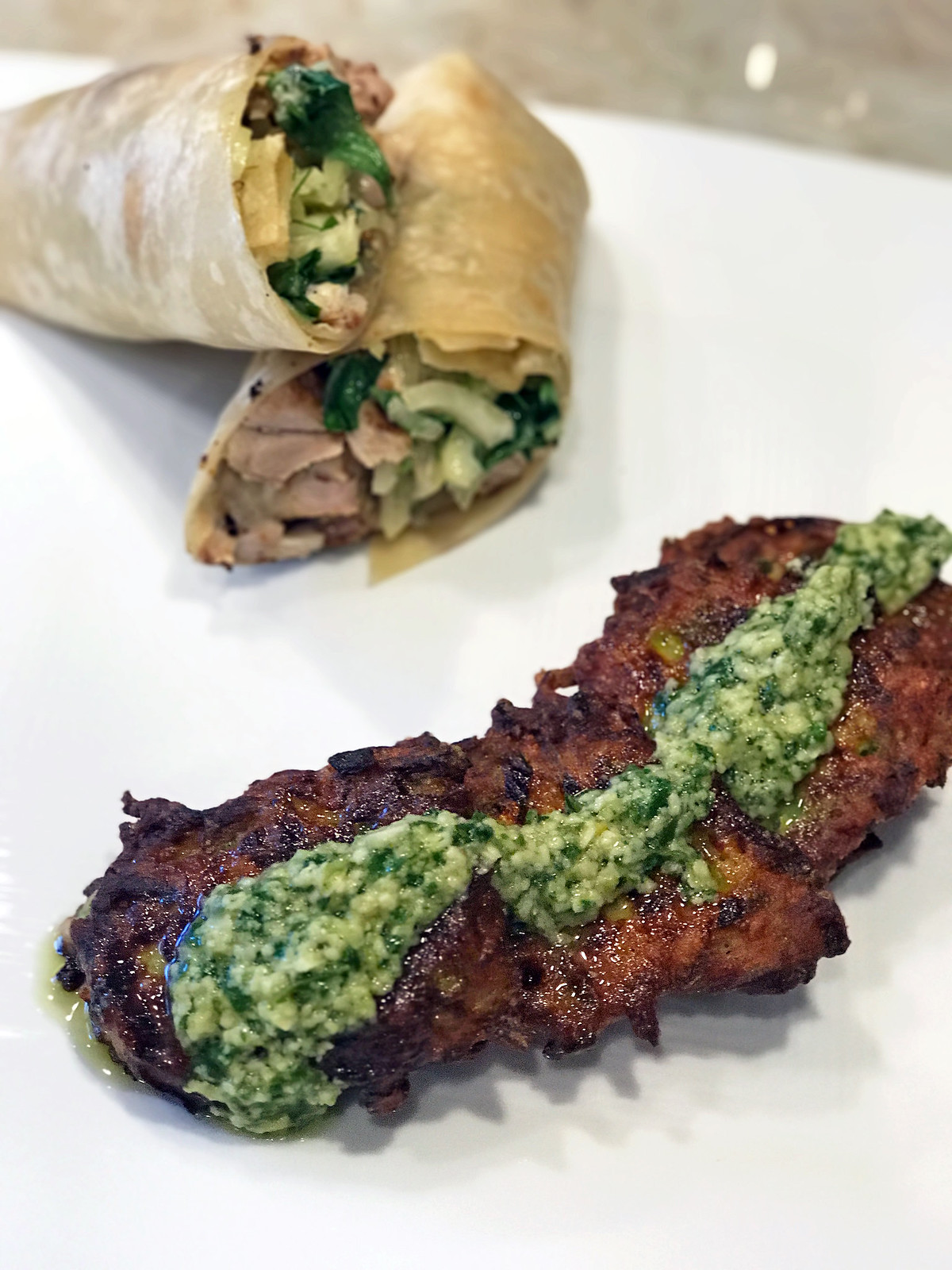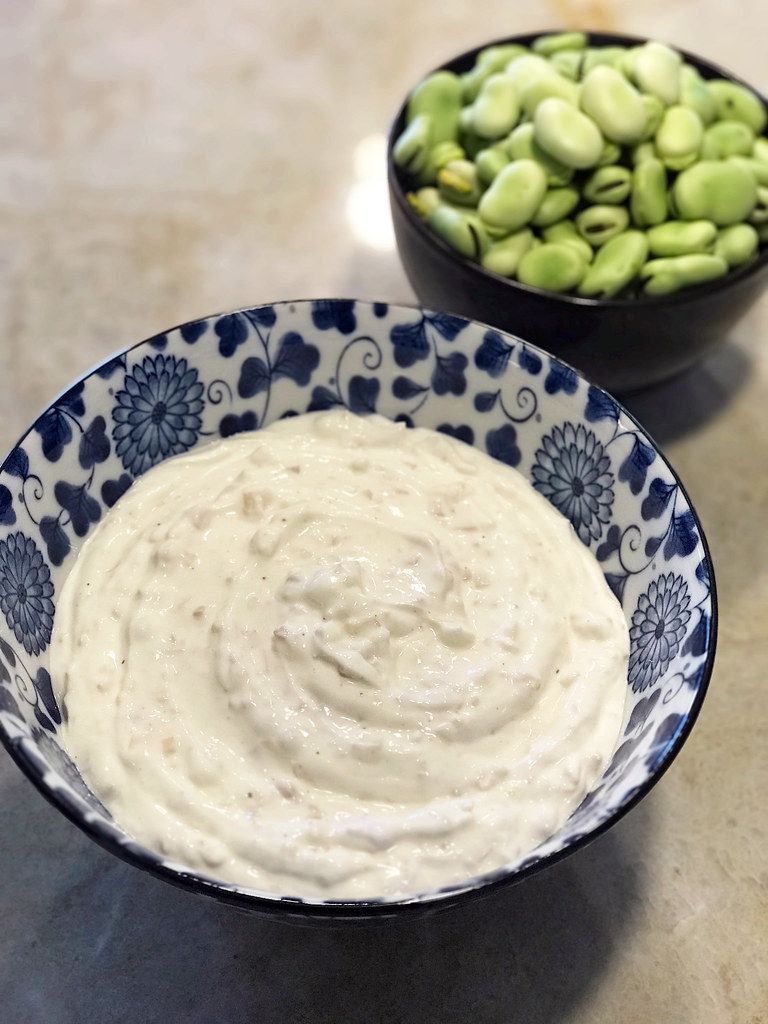Did you plant zucchini this summer and now have way too many of them and don’t know what to do? Tired of zucchini salad? Enter zucchini fritters with garlicy pistou. Crispy on the outside and soft on the inside, I could eat a million of these.

Ingredients:
1 handful basil leaves
1 or 2 garlic cloves, peeled
1 cup grated Parmesan cheese
Grated zest of 1 lemon
1/2 cup plus 1 tablespoon olive oil
1 pound zucchini, grated
2/3 cup flour
1 egg, separated
Vegetable oil for shallow-frying
salt
pepper
1. To make the pistou, place the basil, garlic, parmesan cheese, lemon zest in a food processor and pulse until grainy. Gradually blend in 1/2 cup olive oil, a little at a time, until combined, then transfer to a small serving bowl.
2. To make the fritters, put the grated zucchini in a colander over a bowl and sprinkle liberally with salt. Let sit for 1 hour, then rinse. Squeeze and drain well.
3. Sift the flour into a bowl and make a well in the center, then add the egg yolk and remaining tablespoon olive oil. Measure 4 tablespoons water and add a little to the oil.
4. Beat the egg yolk and oil, gradually incorporating the flour and water to make a smooth batter. Season and let sit for 30 minutes.
5. Stir the zucchini to the batter. Beat the egg white until stiff, then fold into the batter.
6. Heat 1/2 inch of oil in a frying pan. Add spoonfuls of batter to the oil and fry for about 4 minutes per side, until golden. Drain the fritters on paper towels and serve warm with the pistou.




